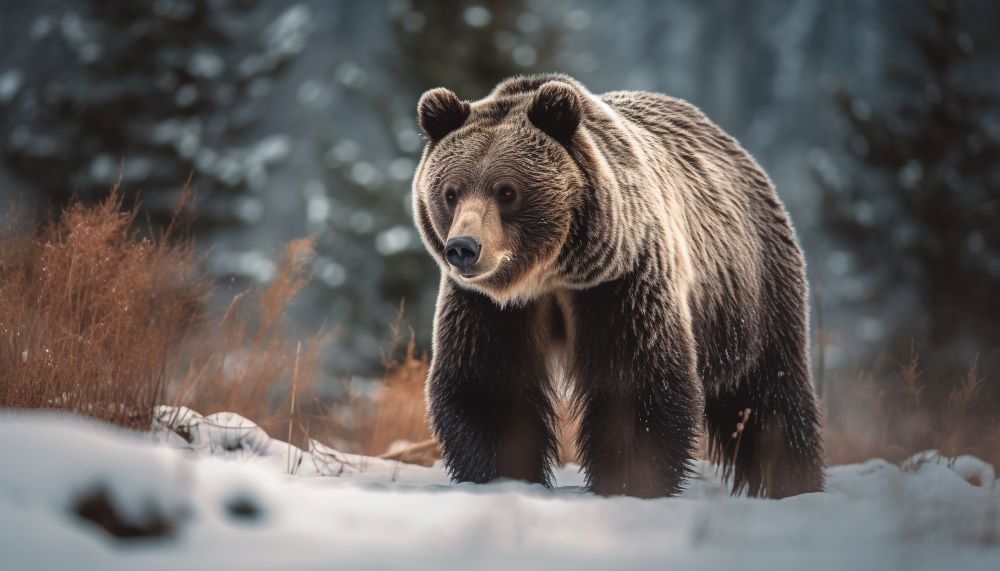World Environment Day, celebrated every year on June 5th, is a global platform for raising awareness and taking action on pressing environmental issues. Established by the United Nations in 1974, this day brings together governments, businesses, celebrities, and citizens to focus on urgent environmental concerns. The theme for World Environment Day 2024 is “land restoration, desertification, and drought resilience,” emphasizing the critical role of natural ecosystems in sustaining life on Earth and mitigating the impacts of climate change.
Interconnection of Biodiversity and Climate Change

Biodiversity, the variety of life on Earth, is essential for ecosystem health and stability. It supports everything from food production to water purification and disease regulation. However, climate change poses a significant threat to biodiversity. Rising temperatures, changing precipitation patterns, and extreme weather events disrupt habitats, pushing many species to the brink of extinction.
As the planet warms, the urgency to conserve biodiversity has never been greater. Protecting the rich tapestry of life on Earth not only ensures the survival of countless species but also enhances the resilience of ecosystems, enabling them to adapt to climate change and continue providing essential services to humanity.
Top 5 Ways to Conserve Biodiversity
Let’s take a look at the different ways we can conserve biodiversity and combat climate change.
Establishing and Expanding Protected Areas

Protected areas, such as national parks and wildlife reserves, are crucial for conserving biodiversity. These spaces offer safe havens where ecosystems can thrive without the pressures of human activity. Expanding these areas, especially in regions most affected by climate change, can help preserve critical habitats and the species that rely on them. For instance, the Great Barrier Reef Marine Park in Australia is one of the largest protected marine areas in the world, playing a vital role in safeguarding diverse marine life from the impacts of climate change and human activities.
Restoring Degraded Ecosystems
Ecosystem restoration involves rehabilitating damaged environments to their natural state. This can include reforestation, wetland restoration, and coral reef rehabilitation. Restored ecosystems are more resilient to climate change and can better support biodiversity. The Atlantic Forest Restoration Pact in Brazil is a good example which aims to restore 15 million hectares of the Atlantic Forest by 2050. This initiative is critical for conserving the region’s unique biodiversity and enhancing climate resilience.
Supporting Sustainable Agriculture

Agriculture is a leading cause of habitat destruction and biodiversity loss. Transitioning to sustainable farming practices can help reduce this impact. Techniques such as agroforestry, organic farming, and permaculture promote biodiversity by integrating crops and natural vegetation. Like in Kenya, the “Green Zones Development Support Project” encourages agroforestry, combining tree planting with crops to improve biodiversity, enhance soil fertility, and provide sustainable livelihoods for local communities.
Promoting Indigenous Knowledge and Practices
Indigenous communities have a deep understanding of their local environments and have developed sustainable practices over centuries. Incorporating Indigenous knowledge into conservation efforts can enhance biodiversity protection and ecosystem management. As per research, in the Amazon rainforest, indigenous tribes like the Kayapo have successfully managed vast tracts of land using traditional practices that promote biodiversity and forest health. Their territories are often rich in biodiversity and act as critical buffers against deforestation and climate change.
Implementing Climate-Adaptation Strategies for Wildlife

As climate change alters habitats, species must adapt to survive. Conservation efforts should include strategies to help wildlife adjust to these changes. This can involve creating wildlife corridors to connect fragmented habitats, assisting species migration, and protecting climate refugia – areas that remain relatively stable despite climate change. The Yellowstone to Yukon Conservation Initiative (Y2Y) creates a network of connected habitats from Yellowstone National Park in the United States to the Yukon in Canada, allowing wildlife to migrate and adapt to changing environmental conditions.
Path Forward
Biodiversity conservation in the face of climate change requires a multifaceted approach. It involves not only protecting and restoring natural habitats but also fostering sustainable practices and integrating traditional knowledge. By taking these steps, we can build resilient ecosystems capable of withstanding the pressures of a changing climate.
As we celebrate World Environment Day, let us commit to taking meaningful actions that protect the rich diversity of life on Earth. Our collective efforts will not only help mitigate the impacts of climate change but also secure a vibrant and resilient planet for generations to come.
On World Environment Day, ABM College reaffirms its commitment to sustainability and environmental stewardship, urging everyone to take action towards restoring and protecting our natural world for a sustainable future.
Contact us for more information about our programs in Health, Business, and Technology.
Read more trending articles.
About The Author

Private Career College
ABM College is a leader in career-focused education, committed to empowering students with industry-relevant skills. With expert instructors and practical training, ABM College delivers high-quality programs in health, business, technology, and more, ensuring graduates are prepared to meet workforce demands. Known for its supportive learning environment and a focus on real-world application, ABM College is a trusted educational partner helping students achieve professional success across Canada.
